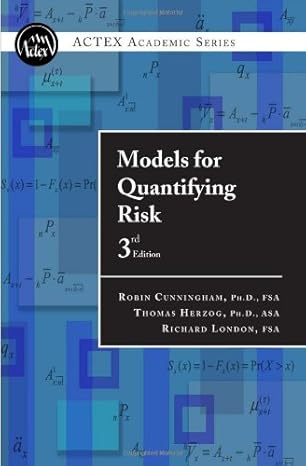Answered step by step
Verified Expert Solution
Question
1 Approved Answer
Crisis Management Drill Report: Unannounced Fire Evacuation Date: [ Insert Date ] Time: [ Insert Time ] Location: [ Insert Building Name ] Objective: To
Crisis Management Drill Report: Unannounced Fire Evacuation
Date: Insert Date
Time: Insert Time
Location: Insert Building Name
Objective: To evaluate how effectively and efficiently Nounos could evacuate during a fire drill.
Introduction:
The purpose of the fire evacuation drill was to assess how well the organization would handle a fire emergency and to pinpoint areas where the crisis management strategy needed to be strengthened. The principal aims of the exercise were to guarantee the secure and prompt departure of every resident and to evaluate the cooperation and exchange of information among staff members.
Scenario:
The scenario simulated a fire emergency, setting off the fire alarm and informing staff members to adhere to predetermined evacuation protocols.
Participation:
It was anticipated that every employee in the building at the time of the practice would take part. Out of all the workers, Insert Number were evacuated, making up Insert Percentage of the workforce.
Execution:
Fire Alarm Trigger: To simulate an actual emergency, the fire alarm was set off. The entire building was filled with the clear and loud alarm signal.
Communication: To provide workers with instructions and information, emergency text messages and PA system announcements were used as emergency communication channels.
Procedure for Evacuation: Staff members were told to leave the building right away by utilizing the assembly areas and approved exits. Employees were led and assisted throughout the evacuation by designated safety officials and floor wardens.
Accountability: At the assembly points, a rollcall was used to make sure that every worker was there. Any differences in attendance were recorded for additional examination.
Observations and Findings:
Evacuation Time: From the moment the fire alarm went off until the rollcall at the assembly points was finished, the evacuation procedure took about Insert Time minutes.
Smoothness of Evacuation: The majority of employees displayed a calm and orderly evacuation. Nonetheless, there were times when traffic was heavy close Insert a specific door suggesting possible place where exit route efficiency could be increased.
Communication Effectiveness: Although some employees reported misunderstanding about the location of assembly points, emergency communication routes were typically functional. This implies that better signage and communication are required.
Issues with Accountability: During the roll call, a small number of workers were initially missing, highlighting the significance of effective tracking mechanisms.
Recommendation:
Improved Exit Route Signage: Make exit routes and assembly locations more clearly marked with signage.
Communication Training: Hold training sessions to make sure that every staff member is knowledgeable on the protocols and routes for emergency communications.
Evacuation Drills: To improve reaction times and acquaint staff with emergency protocols, conduct regular, scheduled evacuation drills.
Enhancement of the Tracking System: Put in place a more capable tracking system to guarantee precise and prompt accountability of every employee.
Conclusion:
The organization's crisis management capabilities were significantly enhanced by the unexpected fire evacuation drill. The organization can improve its overall readiness for fire emergencies by addressing the areas that have been identified for improvement. Future evacuation procedures will be safer and more effective as a result of frequent drills and continuing training.
Prepared by:
Step by Step Solution
There are 3 Steps involved in it
Step: 1

Get Instant Access to Expert-Tailored Solutions
See step-by-step solutions with expert insights and AI powered tools for academic success
Step: 2

Step: 3

Ace Your Homework with AI
Get the answers you need in no time with our AI-driven, step-by-step assistance
Get Started


